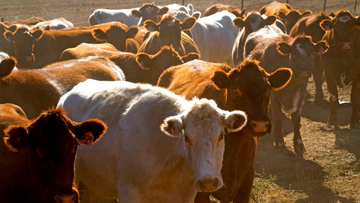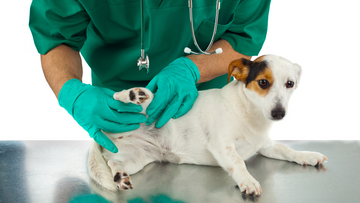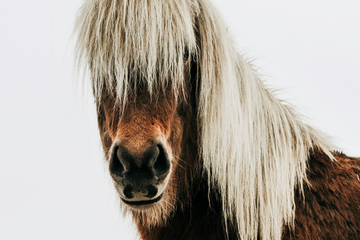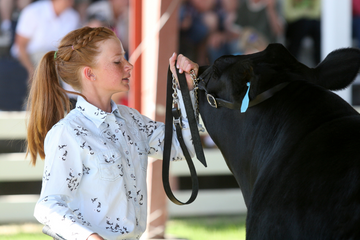Just like humans, dogs can experience stress, which can manifest in various behavioral and physical changes. gnizing these signs is crucial for ensuring your canine companion's well-being. Dogs can stress over a number of things including loss, fear, separation anxiety, or changes in environment like a new home, new pet, or new people.
Common Signs of Stress
-
Excessive Drooling: While drooling can be normal, an unusual increase may indicate stress.
-
Panting: Dogs pant to cool down, but heavy panting without exercise or high temperatures could indicate stress.
-
Tucked Tail: If your dog has their tail tucked, it could be an indicator of stress or fear.
-
Excessive Shedding: Increased shedding, especially in non-seasonal periods, can be a sign of stress.
-
Destructive Behavior: Chewing furniture, digging, or destructive behavior might be your dog’s way of coping with anxiety.
-
House Accidents: If your dog is already potty trained, accidents in the house can be a sign of stress. This can also be a sign of an underlying medical issue, especially for senior dogs.
-
Aggression: Even very friendly dogs can show signs of aggression, such as showing teeth or biting when under extreme stress.
-
Yawning & Licking: Frequent yawning or licking the lips can be signs of distress.
-
Hiding: People with noise-sensitive dogs have likely witnessed hiding during storms or fireworks. Stressed or overwhelmed dogs will often look for quiet, dark places to help calm them.
-
Excessive Barking: Increased vocalization, such as barking or whining, can be a response to stressors.
-
Diarrhea: Stress can affect a dog's digestive system, leading to intestinal issues like diarrhea or even vomiting.

It's important to find and, when possible, remove sources of stress for your dog. Ask your veterinarian to help eliminate stress. Unfortunately, this is not always possible in the case of fireworks, etc. In some cases, medications may be needed to help reduce anxiety and stress.
Ways to Help Your Dog Relax
-
Provide a Balanced Diet: Ensure your dog receives nutritious meals to support overall health.
-
Regular Exercise: Physical activity helps reduce stress and promotes mental well-being.
Avoid Stressful Situations: Minimize exposure to known stressors, if possible. Support them during periods where stress is unavoidable. -
Safe Spaces: Create a quiet area for your dog to retreat to during stressful events. This might be a crate, a closet with blankets, or even a specific bedroom. Being canines, dogs feel safest in dark, enclosed areas.
-
Training: Some stress and behaviors can be helped through training. Contact a professional dog trainer to see if training might be beneficial for your dog.
The Benefab® Therapeutic Comfort and Care shirt is designed to reduce stress and anxiety. The fabric emits far-infrared rays, keeping muscles, joints, tendons, and ligaments supple and relaxed. The shirt provides supportive compression for anxiety and comfort.
It helps harmonize bodily functions safely and naturally, stimulating recovery time, promoting blood circulation, increasing oxygen flow, and ultimately reducing pain and stiffness. The material is also breathable with wicking qualities. Not only canious, aggressive, and excited dogs benefit from this product, but also elderly, athletic, and injured dogs.






















